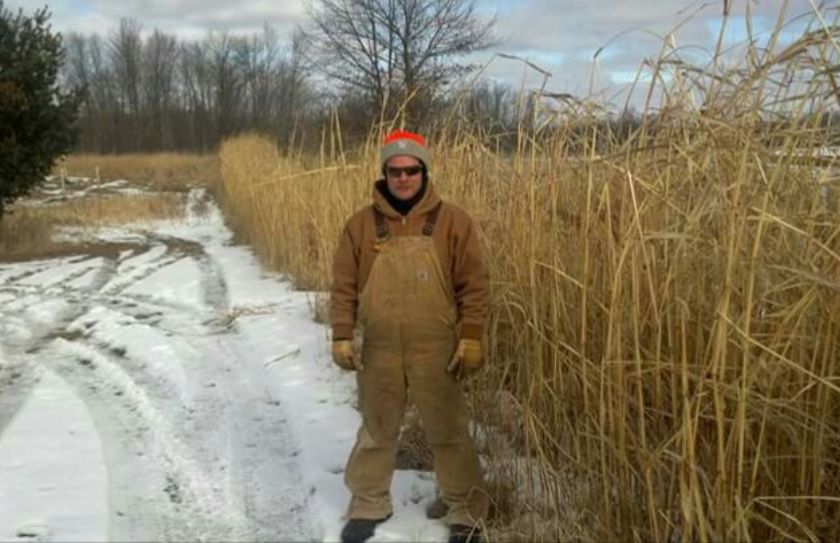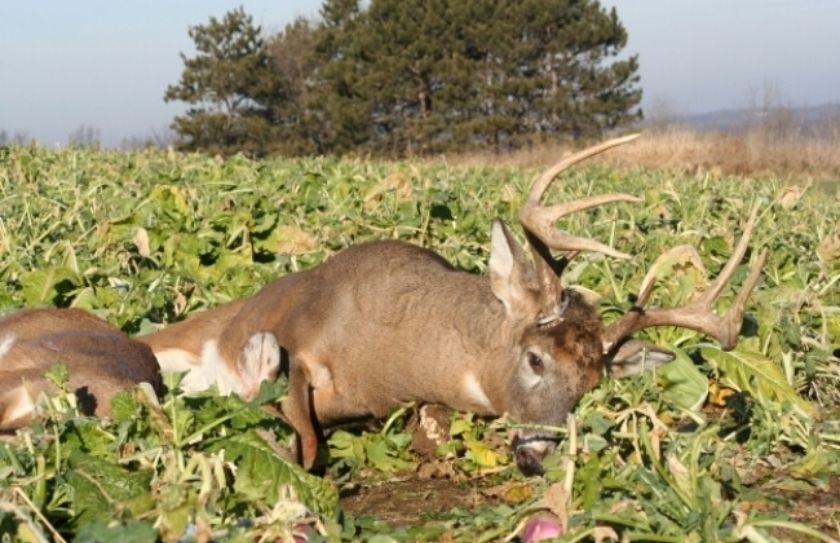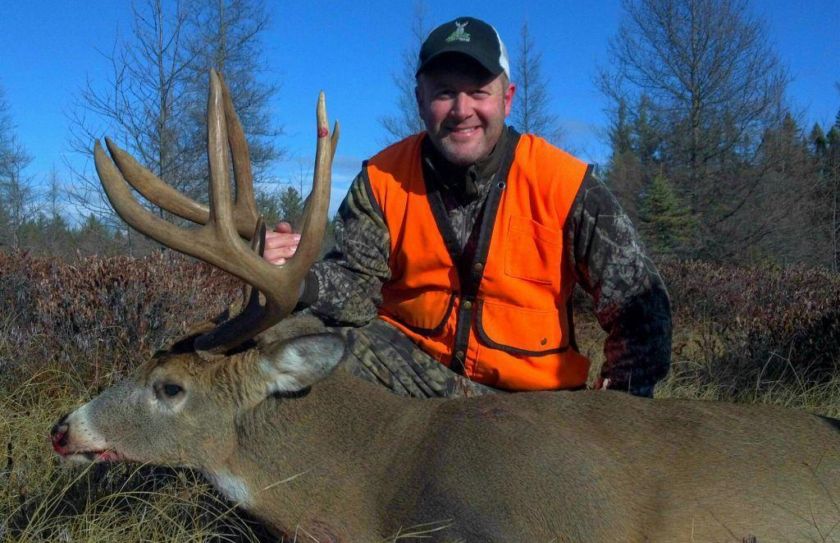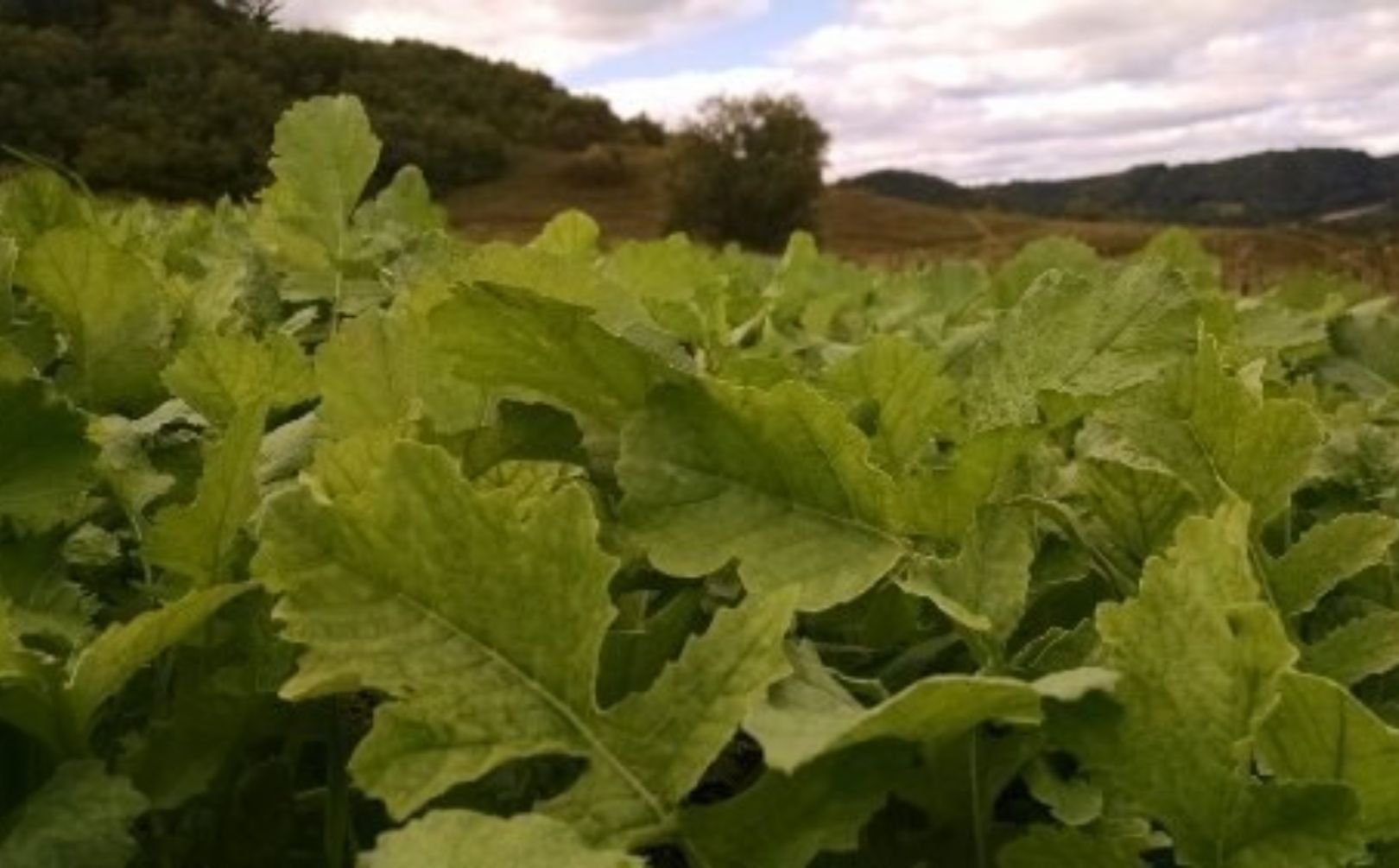
What really is, the most accurate food plot blend for your area? As I travel around the country, and even experience my own past and present food plot plantings in various States and regions, something really jumps out at me: There is no perfect seed or combination of forages for every parcel. There are concepts of planting that can be applied anywhere...but I have yet to find 1 perfect seed blend to use in every situation. I find that even if I visit 4 clients within 3 hours of each other, I often make 4 different recommendations based on the individual needs of landowner, soils, habitat and herd. Outside of my favorite brassica blend, it's nearly impossible to recommend 1 bag of seed for every single parcel that ultimately leads to an accurate food plot forecast.
There are several factors that lead to what to plant on your land, and when:
-Overall Deer Numbers-Soil Condition-% of Agricultural Land vs Cover-Climate
The best food plot mixture covers all bases throughout the entirety of the season. Checkout our 2016 food plot mixture...
With a brassica blend and sometimes a clover blend, there are some great mixes available that can be used on most whitetail parcels across the county. For example, I personally like and recommend the Northwoods Whitetails Brassica blend. However, I view even your favorite blend as merely a base for your plantings. For an example of the wide variety of potential seed combinations for your particular parcel, let's take a look at 2 different planting bases, including: Brassicas and Small Cereal Grains.
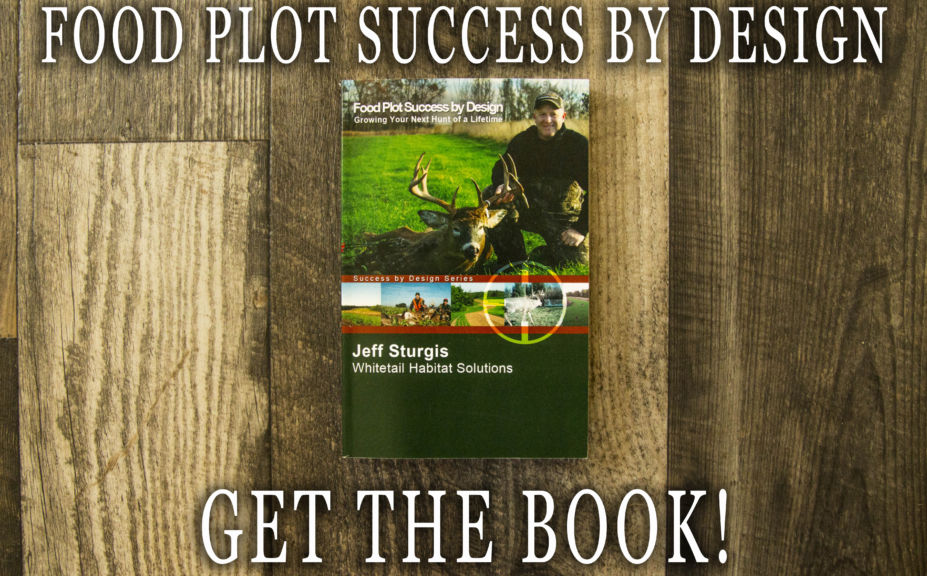
If you enjoy advanced whitetail strategies, you'll love my whitetails by design book series, including, Food Plot Success By Design.
1. Brassica Base
The foraging of brassica varies greatly from region to region. Does this mean they shouldn't be planted, probably not. Does this mean they should always be planted....probably not. But more importantly, WHY is there such a varience in forage use? As in any deer management or hunting observation...the "why" is always critical for your ultimate level of success.
In agricultural settings, such as locations like Southern MI, central and Southern WI, IL, as well as much of IA and OH, deer have hundreds of acres of complimentary food sources including beans, corn and alfalfa. Although deer may consume brassica "when the frost hits" in these areas...they sometimes do not forage on brassica at all. In all of my observations, I have yet to see that the "frost" has as much to do with brassica comsumption, as does the amount of available food in the area. It's interesting, but in a lot of ag areas brassica use pics up when the crops are harvested...irregardless of frost.
In Northern settings with a high % of cover and low deer #s, whitetails do not generally experience the overly-abundant high quality food sources typical of agricultural settings. Many times there are no supporting ag crops and very little mast production. In northern settings artificially high deer numbers can be maintained with supplemental feeding and even pen-raised deer live to be very old, IF they are supplementally fed. So when you plant a plot (unlike ag-rich areas), that plot quickly becomes the # 1 food source in the area. I have personally seen low deer population densities consume an entire 2 acre field of brassica before an early frost even hits.Northern deer will readily consume forages, including brassicas, at a much higher rate that open ag areas. When you add in the aspects of a shorter growing season and potentially poor soils that combine to produce less volume of overall forage, there is a complexity that needs to be considered.
Recommendations for Brassica Balance In Your Area:
This is a sliding scale from extreme North to extreme South (IA, southern IL, etc...big AG) so I will share the two extreme and you can guage where you are within the scale.
*The Northern Brassica Extreme:
Don't plant brassica at all, and if you do just plant straight brassica with a fail-safe. If you do plant brassica in the North, on poor soils with no ag land, be prepared for heavy foraging. The fail-safe is if the deer completely consume your crop by early Sept...or it's on the way down, add 200-300#s of rye depending upon if it is early Sept or late Sept...and enjoy the season. But I would not add the "Plot sweeteners" of peas, buckwheat or beans to the brassica blend unless you have extremely low deer densities and these are first time food sources on new lands. In the case of first time food plots, you are trying to establish overall deer usage so the sweeteners can help.
*The Southern Brassica Extreme:
Plant brassica with 25-50#s of forage peas, and 25#s of beans, to help "Sweeten the plot". Your goal is to establish the use of the plot into early November with the high level of attraction the peas and beans offer, and then plan on continuing the foraging for the plot with the brassicas into January or later. But definitely, you will need to sweeten the plot. If your deer #s are high and cover abundant...just plant the brassicas and you will probably see the usage increase as local crops are harvested...whether there has been a frost or not.
I have a new lease in SW WI. On the old lease the deer were used to utilizing the plots for a decade, so sweetening the plot was unecessary and would have created additional grazing pressure that would have been detrimental. I live in a 50% cover, 50% ag area so deer numbers are moderate, and grazing pressure on plot forages is moderate as well. However on my new lease the deer have foraged on food plots except for possibly distant parcels. My strategy was this:
-I added soybeans to sweeten the brassica blend I use (Northwoods Whitetails)
-I used tillage radish within the oats (lower quality soil so I didn't use peas).
2. Small Cereal Grains
50#s of rye, 50#s of peas and varying amount of tillage radish works well in Southern areas because it has a chance to grow to it's potential of volume with very little grazing competition. Supporting crops within ag fields and longer growing seasons produce thick, lush stands of forage. However for the same reasons as stated above, balance is greatly needed from the extremes of North to South.Recommendations
*The Northern Grain Extreme:
Lower quality soil and shorter growing season equal lower volumes of forage for deer to feed on. Higher percentages of cover dictate higher rates of browsing pressure on food plots. The results...the peas and radish can be hammered and gone before the season begins, and the 50#s of rye is not enough. I personally like layering the plantings with something like 50#s of oats and peas early August, 100#s of rye around Labor day AND mid-Sept. However, a stand alone planting of 100-150#s of peas, 10#s of tillage radish, and 200#s of rye is a good start, with a late August 1-time planting date.
*The Southern Grain Extreme:
High supporting food sources, quality soil and longer growing season dictate higher volumes of supporting food, and less initial grazing pressure. The peas and radishes are the "candy", but even then they may be browsed lightly until the crops are harvested. The rye is the stable base of the mix. I would also consider adding soybeans to the mix as well, but at the same time fully planting with the intention of layering another broadcasting of rye if forages are grazed upon heavily entering Late Sept. The best scenerio is that the peas, beans and radishes equal an outstanding food source into December...the worst scenerio is that the candy is eaten early and often, grazing pressure is too high, and you need to add another 100-200#s of rye to the mix to fill-in the soil by late Sept.
Conclusion
Even with this detailed look at these 2 planting bases (Brassicas and Cereal Grains), what I recommend the most is to plant BOTH of these forage combinations, side by side, on every plot. This allows you to spread your deer usage consistently across your entire food plot system, with lower competition for bedding and general social space, than if you plant various plots with different forages, on different plots. Regardless though, balance is key to any habitat improvement-and that is the same in how bedding areas are created, travel corridors, as well as the use of waterholes for deer. There is no exact formula for success in any habitat creation, let alone with food plots....only the same concepts that work based on the application of balance.
The application of balance is critical, but it is still 2nd on the list of the "lowest hole in the bucket" for small parcel management....to Hunting Strategy, but that is another huge topic all-together. For a hint to more articles to come, the actual quality level of bedding areas, food sources, etc....are some of the highest holes in the bucket. In my experience, no level of habitat quality can overcome the most important influence of your small parcel's succes: "Hunting Strategy."
